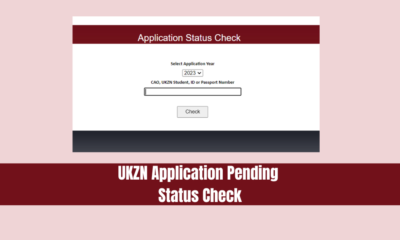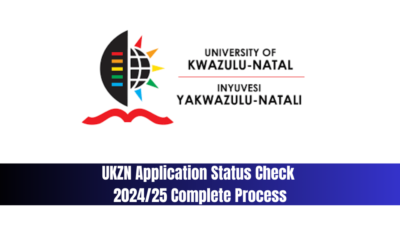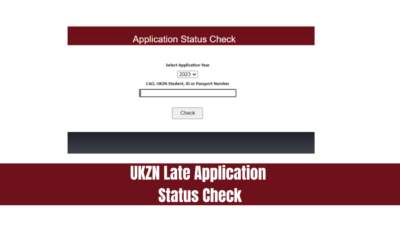UKZN Guide
What are the Five Strategic Plans For UKZN?

What are the Five Strategic Plans For UKZN?. Strategic planning is crucial for any business looking to thrive in today competitive landscape. By following these five essential steps, you can create a robust strategic plan that sets your company up for success:
Read Also: UKZN Status Check Online
What are the Five Strategic Plans For UKZN?
Assess Your Current Business Strategy and Environment
Before embarking on any strategic endeavor, it’s imperative to conduct a comprehensive assessment of your current business strategy and the external environment in which your organization operates. This involves analyzing market trends, competitive forces, technological advancements, and internal capabilities. By gaining a nuanced understanding of your strengths, weaknesses, opportunities, and threats (SWOT analysis), you can identify areas for improvement and strategic alignment.
Identify Your Company Goals and Objectives
With insights gleaned from the assessment phase, the next step is to define clear and achievable goals that align with your company’s overarching vision and mission. These goals should be specific, measurable, attainable, relevant, and time-bound (SMART), providing a tangible framework for progress evaluation. Whether aiming to expand market share, enhance product innovation, or improve operational efficiency, articulating precise objectives sets the stage for strategic clarity and alignment across the organization.
Develop Your Strategic Plan and Determine Performance Metrics
Building upon the foundation of established goals, the strategic planning process transitions into the formulation of a cohesive plan of action. This entails outlining strategic initiatives, resource allocation strategies, and timelines for implementation. Additionally, it’s essential to define key performance indicators (KPIs) that enable ongoing monitoring and evaluation of progress. By establishing metrics for success, organizations can track performance, identify deviations, and make informed adjustments as needed.
Implement and Share Your Plan
Execution is where strategic plans come to life, transforming vision into reality through concerted action. Effective implementation requires clear communication, resource mobilization, and stakeholder engagement at all levels of the organization. By fostering a culture of accountability and empowerment, leaders can galvanize teams toward collective goal attainment. Furthermore, transparency in sharing the strategic plan fosters alignment and fosters a sense of ownership among employees, inspiring commitment and collaboration.
Revise and Restructure as Needed
Strategic planning is not a static process but rather a dynamic journey of continuous improvement and adaptation. As business environments evolve and unforeseen challenges arise, it’s essential to remain agile and responsive to change. Regularly revisiting and reassessing the strategic plan allows organizations to recalibrate their course, seize emerging opportunities, and mitigate risks. By embracing a mindset of flexibility and resilience, businesses can stay ahead of the curve and thrive in an ever-changing landscape.
Conclusion
In the pursuit of organizational excellence, strategic planning serves as the cornerstone of success, providing a structured framework for navigating complexity and driving sustainable growth. By following the five essential steps outlined in this guide—assessing current strategies, defining goals, developing plans, implementing initiatives, and adapting to change—businesses can unlock their full potential and achieve enduring prosperity in today’s dynamic marketplace.
-

 UKZN Application8 months ago
UKZN Application8 months agoUKZN Application Pending Status Check
-

 UKZN Application8 months ago
UKZN Application8 months agoUKZN Application Status Check 2024/25 Complete Process
-

 UKZN Application6 months ago
UKZN Application6 months agoBridging Courses 2024-2025 at UKZN
-

 UKZN Application8 months ago
UKZN Application8 months agoUKZN Status Check and Accept Offer Complete Guide
-

 UKZN Application8 months ago
UKZN Application8 months agoUKZN Application Dates For 2023/24 Complete Guide
-

 UKZN Application8 months ago
UKZN Application8 months agoUKZN Late Application Status Check – A Comprehensive Guide
-

 UKZN Application6 months ago
UKZN Application6 months agoUniversity of Kwazulu-Natal (UKZN) Prospectus 2023/2024
-

 UKZN Guide8 months ago
UKZN Guide8 months agoUKZN Student Central Step-by-Step Guide










